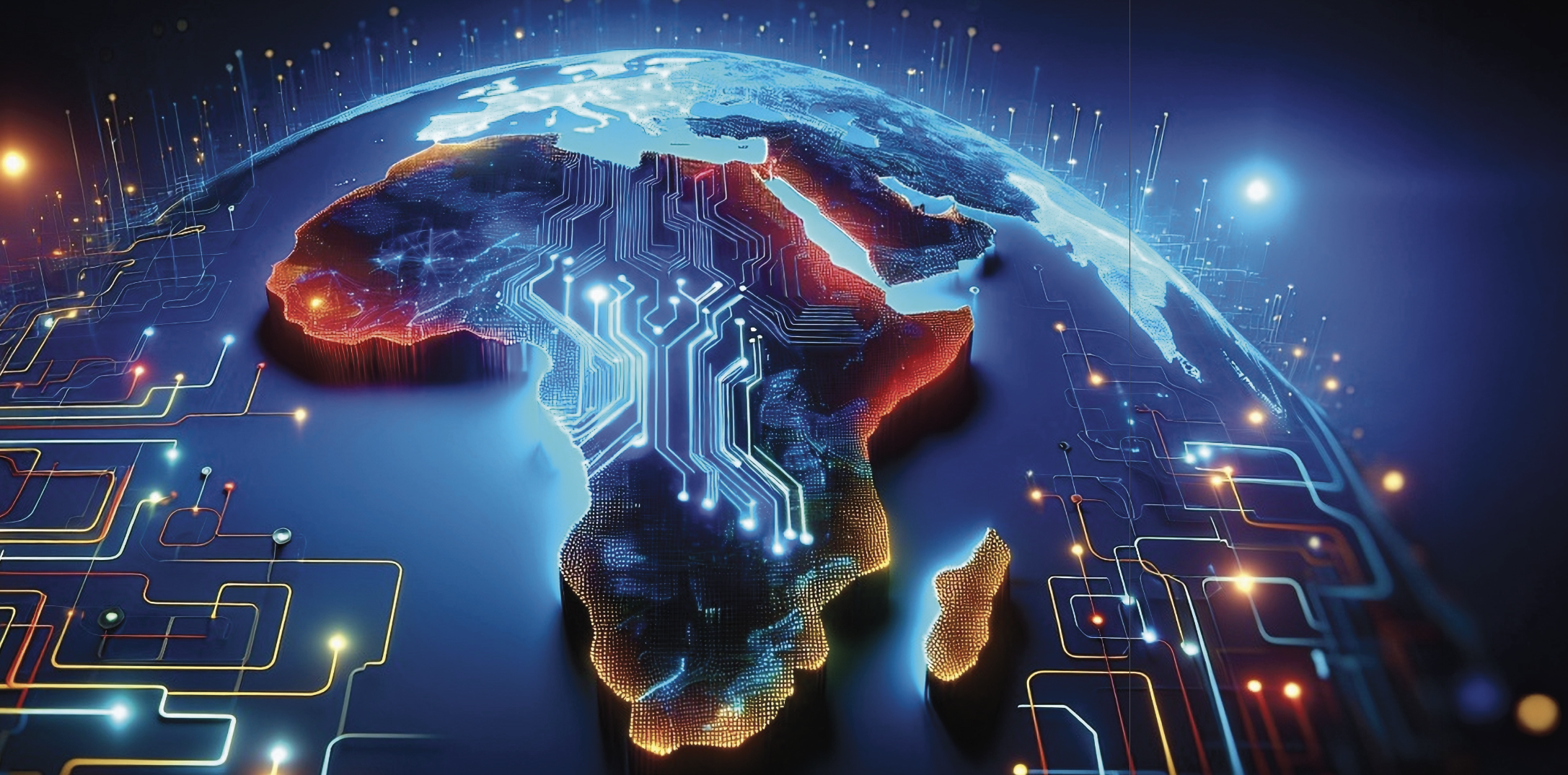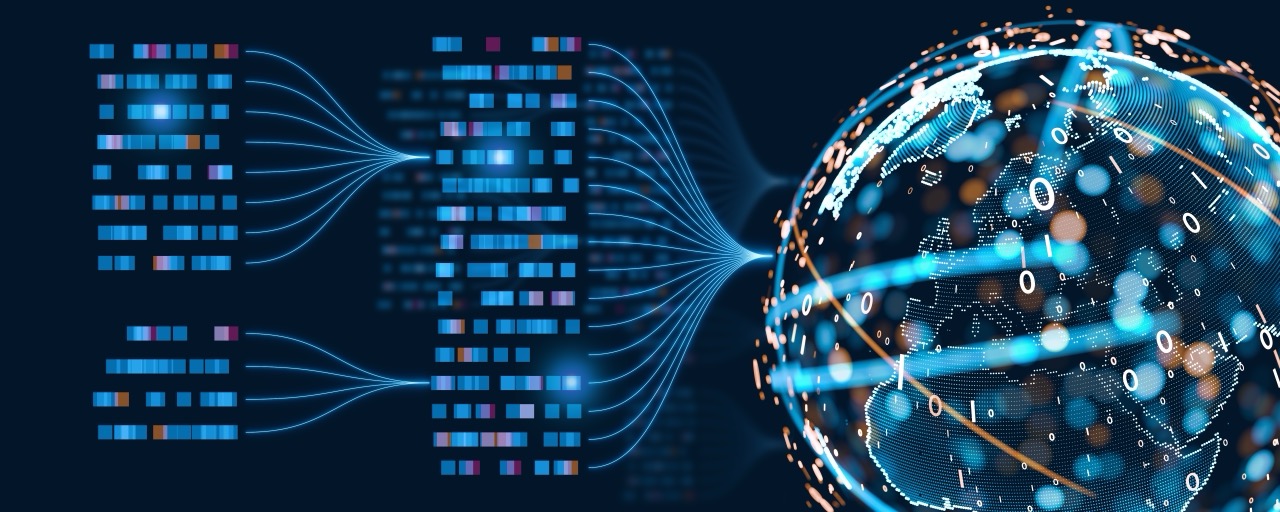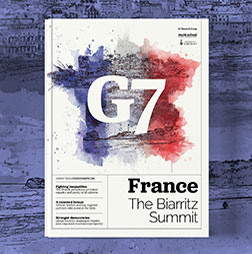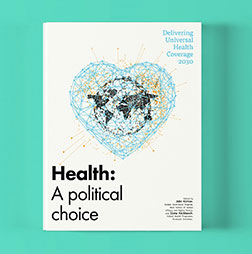Promising prospects for a productive Kananaskis Summit
For the G7’s 50th anniversary in 2025 and its 51st annual gathering, Canada will host the summit once again at Kananaskis, Alberta, in the majestic Rocky Mountains, on 15–17 June.
It will be a landmark event in many ways. It starts a new generation of the G7’s growing performance and contribution to global governance, after its first half century of work since 1975. It starts the final five years to reach the United Nations’ 2030 Agenda on Sustainable Development and its 17 Sustainable Development Goals.
It is the return for a second term of US president Donald Trump, now often waging verbal and economic war on the G7 host and the other G7 partners too. And it marks the first outing on the full world stage of Mark Carney, elected Canada’s prime minister on 28 April, as the leader of a transcontinental, ecological and energy superpower bordering the Pacific, Atlantic and Arctic oceans.
Joining Carney as a G7 summit newcomer are British prime minister Sir Keir Starmer, Japanese prime minister Ishiba Shigeru, German chancellor Friedrich Merz and European Council president António Costa. Joining Trump as veterans are French president Emmanuel Macron, Italy’s prime minister Giorgia Meloni and European Commission president Ursula von der Leyen. Their invited guests include Ukrainian president Volodymyr Zelenskyy, Australian prime minister Anthony Albanese and South Korea’s president.
Challenging times
These leaders will confront a full range of interconnected crises and challenges, including the wars in Ukraine and the Middle East, conflicts between India and Pakistan and elsewhere, and the need for clean energy to combat the existential threat of climate change, biodiversity loss and environmental pollution. The summit simultaneously faces the revolutionary benefits and risks brought by artificial intelligence, quantum computing and associated digital technologies, amid economic, food and health insecurity, declines in development, debt sustainability and democracy, and new challenges from financial instability, migration and border security. The Kananaskis Summit must also complete members’ compliance with the 34 accumulated commitments made by G7 leaders since 2015 that are due to be delivered this year. These are led by commitments on climate change and the environment with 19, energy with four, health with three, digitalisation and gender with two each, and Ukraine, food and agriculture, labour and employment, and development with one each.
In response, G7 leaders will together address and act to advance security, prosperity and international partnerships, through several initiatives.
The discussion on security includes Ukraine’s reconstruction and recovery, its financial stability, business environment and economic growth, and the Ukraine Donor Platform, in addition to extreme weather events that threaten maritime port security and prosperity, ‘shadow fleets’ smuggling sanctioned materials, and sabotage attacks on undersea communication and energy cables.
Rebuilding prosperity, reimagining partnerships
The priority of prosperity means making critical minerals supply chains resilient through investment and G7-G20 coordination, and structural reform to foster growth, competition and innovation. It also means reducing fiscal pressures, through labour, productivity, market, governance and education reforms. It features AI, in particular promoting its adoption and benefits, while reducing its risks, through a possible G7 blueprint for AI adoption by small and medium-sized enterprises and AI’s diffusion throughout the economy.
Partnerships feature private capital mobilisation for infrastructure, support for the G7’s Partnership for Global Infrastructure and Investment, including the African Virtual Investment Platform launched by the African Union and the Organisation for Economic Co-operation and Development.
On the environment, leaders are expected to address illegal fishing and biodiversity loss.
The G7’s Kananaskis Summit thus promises to produce a productive performance. It could well be a significant one, due to the several severe shocks it faces, the many multilateral organisational failures in response, and the members’ still globally predominant and internally equalising relevant capabilities, due to the relative economic and soft power decline of the US inside the G7. But its members have unprecedentedly divergent political principles, practices and policies, with Trump now pursuing economic war against his fellow G7 members, threatening to annex neighbouring Canada and the European Union’s Greenland, and at times supporting authoritarian Russia in its war against a democratic Ukraine.
Nonetheless the leaders’ initially low domestic political support is changing, with Trump’s now declining and support for the Canadian host and some other leaders now rising. This should lead Trump to adjust to his colleagues’ united front at the summit itself. And as shown by the G7’s 24 February virtual summit, its pre-summit ministerial meetings and Trump’s public commitment to come to the Kananaskis Summit, all members remain committed to the G7, rather than the G20, as the core of an expanding network of global summit governance.












